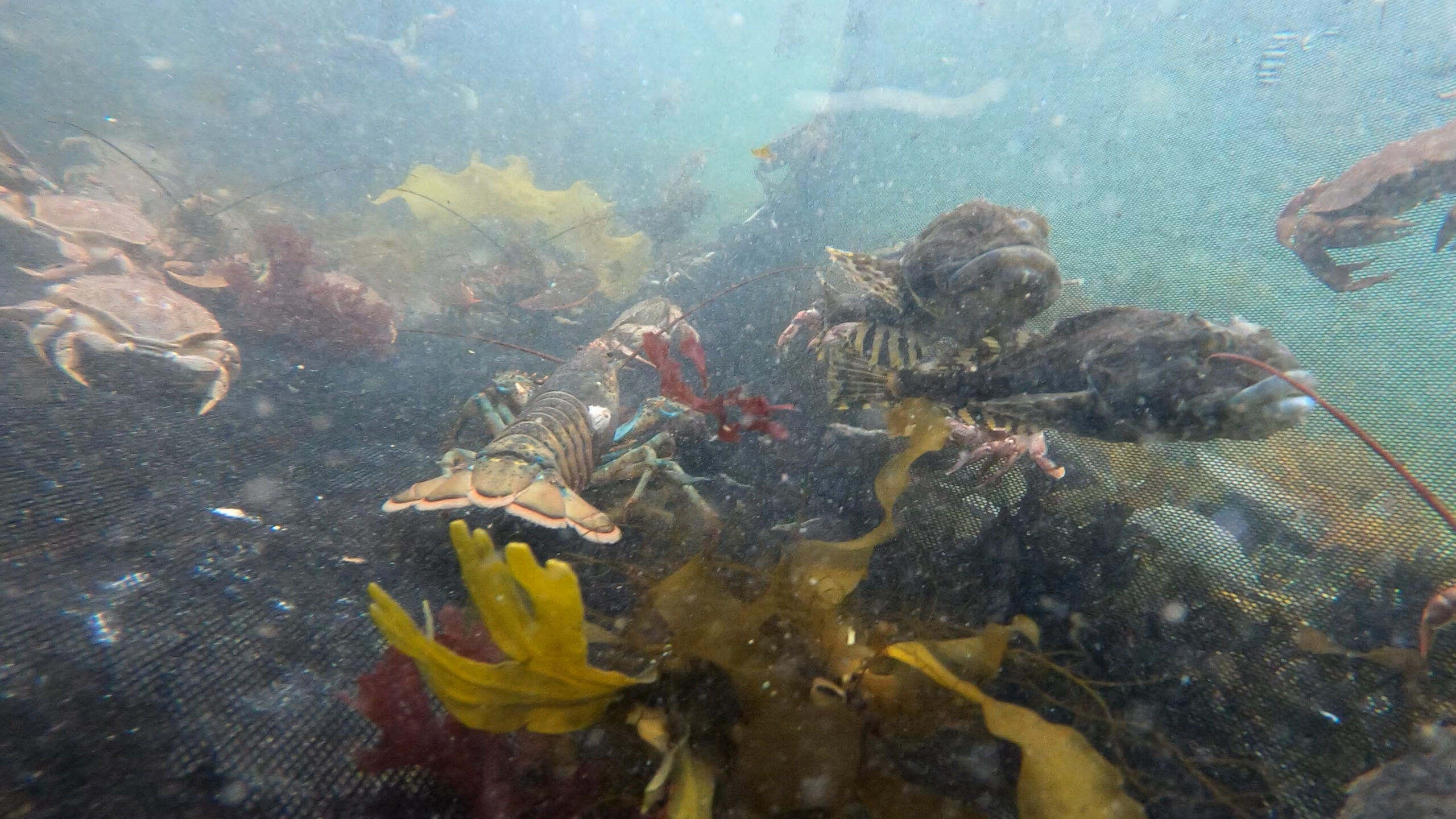
SIZE:
Up to 163 cm in length for 20 kg.
LIFE EXPECTANCY:
Approximately 11 years, may live to 25 years.
LIFE CYLCE:
Sexual maturity occurs at about 6 years of age.
Males have erectile hooks located near the edge of their pectoral fins, which are used during mating to transfer the sperm. After fertilization, the female lays two rectangular, yellow-beige eggs. The eggs look like pieces of bark or leather. They are approximately 16 cm long and have horny spikes on all four corners. The few newborns look like the adults and measure between 18 and 20 cm.
The barndoor skate is diamond-shaped, wider than it is long, and has vast triangular pectoral fins. Its snout is very pointed, and its skin is smooth. Its long tail has three rows of short spines and ends with two small dorsal fins. The dorsal area is brown, speckled with darker spots. The belly is greyish white and covered with blackened mucous pores. It is soft, somewhat like the cap of a mushroom.
On the bottom, down to 1000 m depth and greater, between 1.2 and 20 °C.
In deep waters
The distribution of this species may well be more extensive than previously thought, both in terms of depth and geographical location. The barndoor skate has been observed as far as the Labrador Plateau and at depths down to 1600 m.
PREYS:
Shrimp
Lobsters
Crabs
Molluscs
Atlantic herring
PREDATORS:
Carnivorous gastropods (skate eggs)
Seals
Sharks
MACHINES:
Dredging (incidental catch).
REGULATIONS:
- No targeted fishing
In the past, overfishing has had serious consequences for the barndoor skate. Since 2010, this skate is no longer considered endangered in Québec. In general, researchers estimate that the population is growing and that a genuine recovery has taken place, despite limited data.
Barndoor skate is a Smarter seafood-listed species.
BENEFITS:
Skates are rich in protein, vitamin B12 and selenium. They are low in fat.
LET’S COOK:
Fine, lightly sweet taste. Firm and slightly rubbery texture. The wings are the most prized parts. Yet the liver and cheeks also offer a delicious culinary experience. The wings can be baked, en papillote or breaded, and are usually served with lemon, capers and butter.






